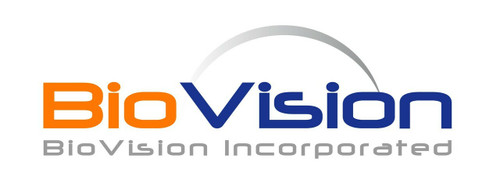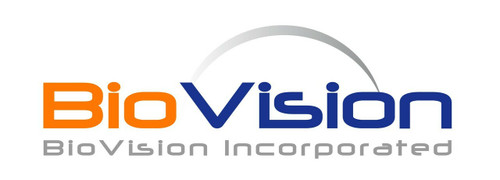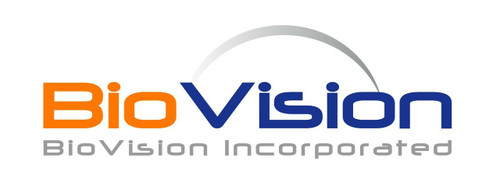Product Description
Biovision | Human CellExp™ IL-2 Receptor Alpha, Human Recombinant | P1746
Description: Interleukin-2 receptor (IL-2R) is a heterotrimeric protein expressed on the surface of certain immune cells, such as lymphocytes, that binds and responds to the cytokine IL-2. The IL-2R is made up of 3 subunits - alpha (α), beta (β) and gamma (γ). The α and β chains are involved in binding IL-2, while signal transduction following cytokine interaction is carried out by the γ-chain, along with the β subunit. The β and γ chains of the IL-2R are members of the type I cytokine receptor family. IL-2R has a high binding affinity to IL-2 and is expressed by antigen-activated T lymphocytes (T cells). IL-2 Rα is also known as CD25, p55, and Tac (activated T cell) antigen.
Biomolecule/Target:
Synonyms: Soluble IL-2 receptor; TAC-antigen; CD25 antigen; CD25; Interleukin-2 receptor subunit alpha
Alternates names:
Taglines: An immune cell surface receptor that responds to IL-2
NCBI Gene ID #: 3559
NCBI Gene Symbol: Human
Accession #: P01589
Recombinant: True
Source: HEK 293 cells
Purity by SDS-PAGE: > 95% by SDS-PAGE
Assay:
Purity:
Assay #2:
Endotoxin Level: < 0.2 EU/μg as determined by LAL method
Activity (Specifications/test method): Determined by its ability to increase the proliferation effect of IL-2 in murine CTLL-2 cells. In the presence of 1 ng/ml of recombinant IL-2, ED50 for this effect is < 1.5 µg/ml.
Biological activity:
Results:
Binding Capacity:
Unit Definition:
Molecular Weight: 42 kDa (observed)
Concentration:
Appearance: Lyophilized protein
Physical form description: Lyophilized powder
Reconstitution Instructions: Reconstitute in sterile deionized water or PBS at 100 μg/ml.
Amino acid sequence: HHHHHHHHEL CDDDPPEIPH ATFKAMAYKE GTMLNCECKR GFRRIKSGSL YMLCTGNSSH SSWDNQCQCT SSATRNTTKQ VTPQPEEQKE RKTTEMQSPM QPVDQASLPG HCREPPPWEN EATERIYHFV VGQMVYYQCV QGYRALHRGP AESVCKMTHG KTRWTQPQLI CTGEMETSQF PGEEKPQASP EGRPESETSC
Handling: Centrifuge the vial prior to opening.
Usage: For Research Use Only! Not to be used in humans
 Euro
Euro
 USD
USD
 British Pound
British Pound
 NULL
NULL








